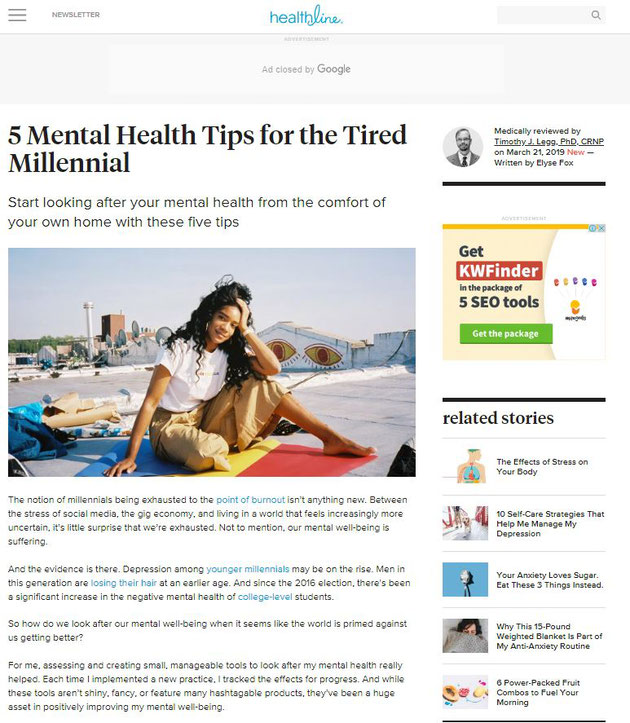A wellness blog can attract readers looking for insight into their immediate health concerns as well as tips for overall wellness. It can also be a way to generate revenue by promoting personal training and health coaching services.
Write a blog that speaks in language most readers understand, rather than medicalese. If possible, use questions-and-answer websites like Quora to promote your posts by subtly including your blog link in your answers.
Identify Your Audience
Identifying your audience is one of the most important things you can do when it comes to writing health blogs. Your audience’s needs will inform everything from the content you produce to the types of marketing tools you use to promote your blog.
A great way to find out what your target audience wants from your wellness blog is to look at the comments on social media posts related to your topic. Pay special attention to the questions that are asked, as these can help you craft the right topics for your wellness blog.
Whether you’re blogging about nutrition, fitness, or mental health, you can start by sharing a compelling story that captures your reader’s attention. This could be a startling statistic, an interesting little known fact or a powerful quote that inspires your readers to take action. Then, you can encourage them to subscribe to your blog through an email list and share it with friends on social media.
Write in Plain Language
In a world of information overload, blogs with clear language are more likely to connect. Plain writing prioritizes simple words, sentence structures and avoiding confusing jargon or technical terms. It also uses personal pronouns, which mimic a one-on-one conversation, and avoids excessive use of numbers.
It’s not about dumbing down content, but making it accessible to all readers, including those with visual or cognitive impairments. It is also beneficial for people who may not speak English as their first language and those who have short attention spans.
Writers can integrate plain language guidelines into their work before they even sit down to write. They can outline their work with readability in mind, ensuring each section covers a topic that will be relevant to their audience. They can also ensure that they are using clear typefaces, with sans serif fonts preferred for on-screen reading. These are small but effective steps that can make a big difference in the clarity and accessibility of your content.
Make a Bold Statement
There are a lot of health blogs out there, which is good news for healthcare marketers because consumers rely on them for information. However, it can be difficult to stand out from the crowd and create compelling content for your patients and prospects.
One way to catch a reader’s attention is to make a bold statement in the first few sentences of your blog post. This will draw them in and encourage them to keep reading. For example, check out the opening lines from Yoni Freedhoff’s Healthy Debate blog on a woman’s experience with endometrial surgery or Michael Law’s blog on the price of generic drugs.
Another way to promote your blog is to share it on niche forums that attract a targeted audience. For example, many healthcare consumers turn to Quora when they have questions about a particular condition or treatment. By sharing your expertise and including a link to your blog in your answers, you can get new visitors from this type of traffic source.
Include the Personal
A good health blog post puts the reader at centre-stage. This may be done by writing in first person or taking a third person objective approach. Addressing your audience as if they are speaking to you is what makes a blog personal, conversational and memorable.
Whether you are writing about the impact of lack of sleep on physical or mental wellbeing, or how to boost your immune system with turmeric and ginger tea, the personal element is what gives your audience a reason to care. It also demonstrates that you are an expert on the subject.
If you are not an expert, it is important to validate your claims by linking to relevant research studies. This builds trust and establishes you as an authority in your field. It also helps to avoid the risk of misleading your audience which can be damaging to your reputation. This is especially crucial for a health and wellness blog.



